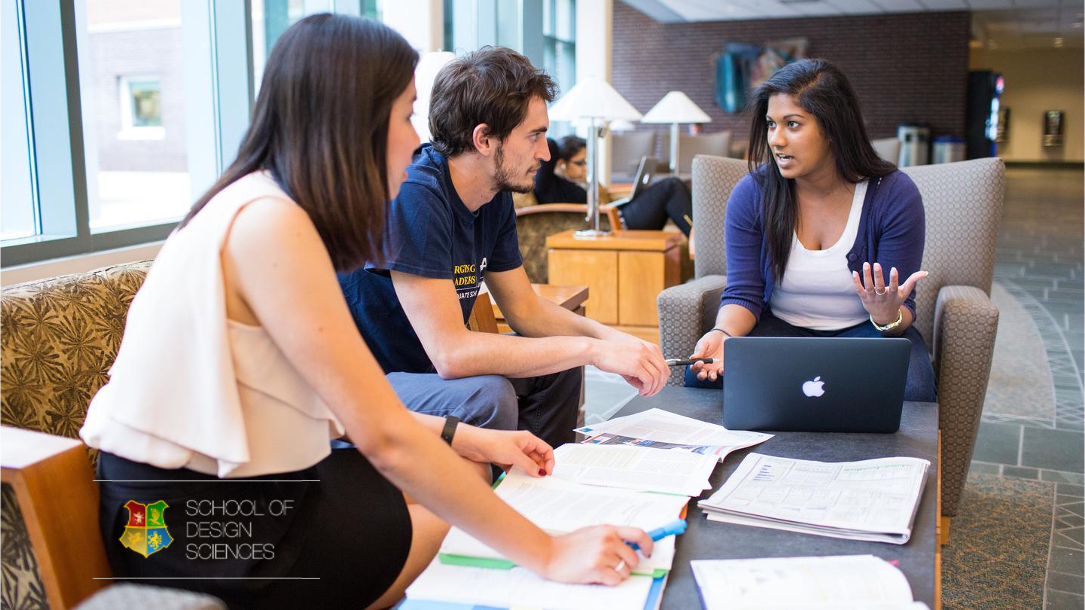
Now, you own business. You have a team. Your have product-market fit. It’s your opportunity.
Go out there and take it.
As one headmaster of the leading American school said, “When I look at books, I see an outdated technology, like scrolls before books.” In time of innovation, nobody wants to appear out-of-touch and old-fashioned. What professional wouldn’t look forward to every school a decade hence displaying a marvelous, wondrous array of technology in every classroom, in the library, in study hall?
The most digital folks will also welcome the non-digital space as a crucial part of the journey. That’s because over the next 10 years, you will recognize that certain aspects of intelligence are best developed with a mixture of digital and non-digital tools. And, you know how to build them. As symbols, reasoning, inference and their referents change, so do the cognitive processes and habits. Some understandings and dispositions evolve best the slow way.
Matters of Design
Media (singular medium) is/are simply a method for the intentional communication of a thought or idea. In this way, tweets and novels are both media, as are poems and interactive timelines, websites and short stories, paintings and graffiti, speeches, and YouTube channels.
The non-digital space will appear, then, not as an anti-technology reaction but as a non-technology complement. Before the digital age, pen and paper were normal tools of writing, and participants had no alternative to them. The personal computer and the Internet have displaced pen and ink, creating a new technology and a whole new set of writing habits. When individuals and participants enter the non-digital space, they have a different attitude, one that resists the pressures of speed and innovation, thinks and writes against the fast and faster modes of the Web. Dis-connectivity serves a crucial educational purpose, forcing participants to recognize the technology everywhere around them and to see it from a critical distance.
Creative Learning
Augmenting human intellect skills are tied closely (in learner’s minds) to the context or content in which they are first encountered, their application is not readily transferred to the other, especially remote contexts or content.
They seek to creatively leverage – through merging digital and emerging non-digital in novel ways, through research and practice design, or any number of other approaches – to not simply ‘engage’ learners, which is insufficient, but rather immerse learners in intellectually rigorous and interesting human-centered environments where relevancy is immediately visible, transfer is persistent, and participants move away from traditional roles of passive recipient to adopt new perspectives as active and self-monitoring, self-serving users of varied information on a global scale.
